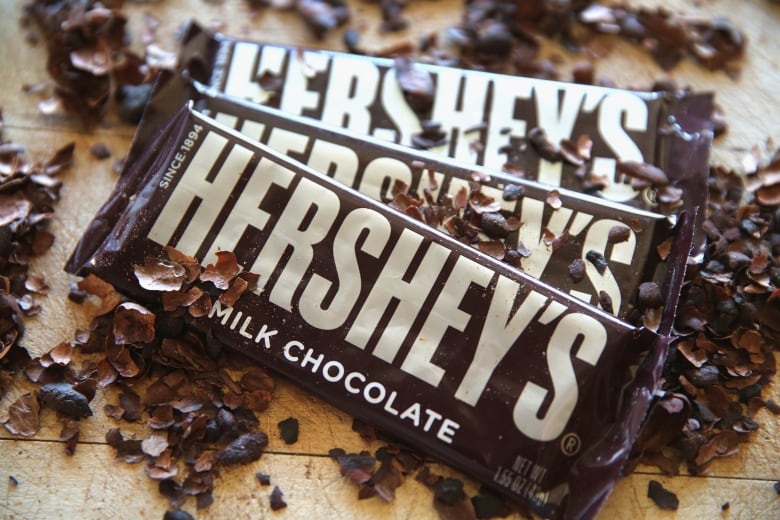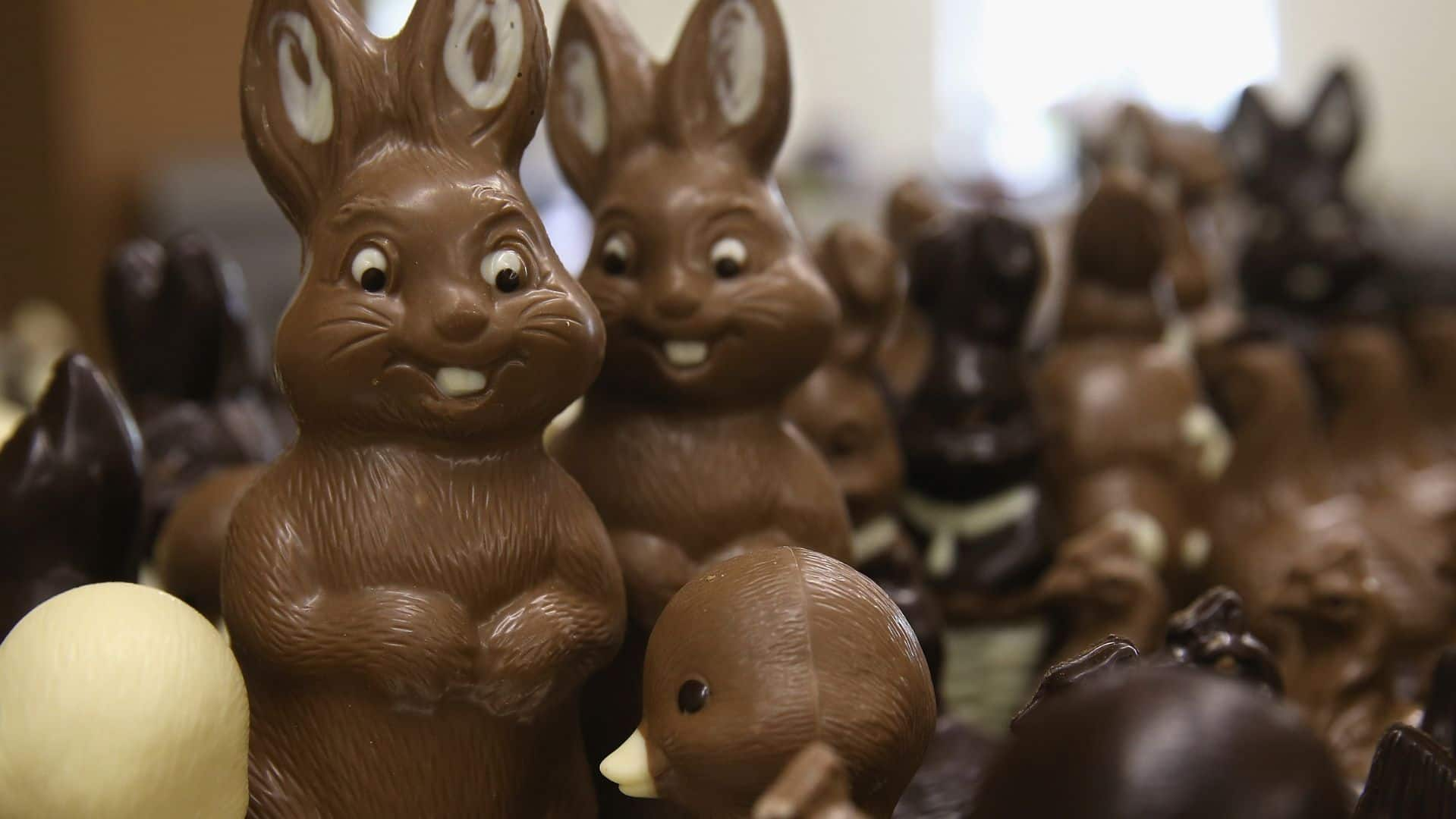
Easter season is underway at Toronto’s The Chocolateria, where the walls are lined with bunny-shaped chocolate treats, chocolate eggs wrapped in colourful foil, and delicate “smash” eggs paired with a mini chocolate hammer.
If only the main ingredient weren’t so expensive: Cocoa prices have tripled in the last 12 months due to the spread of bean disease among cacao crops in West Africa, where more than 70 per cent of the global cocoa supply is produced.
The resulting cocoa crisis is pressuring chocolate makers who, during the typically busy Easter holiday, are trying to sustain business — and sweet-toothed customers who are trying to curb spending.
“We’ve seen a regular increase in prices for our raw materials, which makes it harder for us to keep our prices down,” said Priscilla Tallo, manager at The Chocolateria.
“There’s some people who have made it clear that they can’t afford it anymore,” she added. “Most of our customers have been understanding. They see that everything is going up. So they understand why our prices are increasing.” One of the store’s chocolate suppliers increased its prices by 11 per cent in the last year.
The global chocolate industry is reportedly worth more than $100 billion US. But with cocoa prices hitting a record $10,000 US per metric ton on Tuesday, it’s likely that your Easter treats might look a little different this year, as major chocolate manufacturers look for creative ways to make chocolate less, well, chocolatey.

Cocoa harvests threatened by disease, weather
Cocoa production is down by about 30 per cent this year, mostly due to atypical weather patterns, according to Sophia Carodenuto, an assistant professor at the University of Victoria who studies the cocoa supply chain.
“Too much rain, not enough rain, unpredictable weather patterns, but also disease,” Carodenuto said.
“Cacao is a very sensitive tropical tree,” and is predisposed to diseases like black pod disease and swollen shoot virus.
Poor harvests of cocoa — the key ingredient in chocolate — have driven up prices of the raw material, and it’s showing up on store shelves this Easter.
Three years of poor cacao harvests have impacted production in Ghana and Ivory Coast. Processing plants, which transform cacao beans into the substance used to make chocolate, are increasingly unable to afford the raw material.
Farmers might be trying to plant more of these trees now, but the fruits of their labour might not be ready for quite some time. New trees will likely be harvested in three to five years, Carodenuto said.
Apart from a few areas that produce cocoa at an industrial scale, the cocoa is typically produced in a smallholder system, meaning that small-scale farmers are its main producers.
“These smallholder farmers are highly vulnerable,” Carodenuto said. “When you see these price shocks, it’s very unlikely that that is trickling down to the farmer and arguably the actor in the supply chain who would need this money the most.”
How will your Easter treats change?

“I think for those that haven’t bought candy since, say, Halloween, the price of chocolate on the store shelves may be a bit of a surprise,” said Billy Roberts, a senior analyst of food and beverage at CoBank.
Cocoa futures — a type of trade agreement that allows an investor to buy or sell a commodity at a predetermined price on a future date — have grown “dramatically in recent months, all because of lower harvests than what producers were expecting in West Africa,” said Roberts.
“Long story short, their production last year was significantly, significantly below expectations, and this year is not looking much better.”
Chocolate makers will likely offer more snack-sized products, trimming the size of their candy bars to account for higher costs without having to charge more at the retail level, Roberts said.
Brands might also adjust their packaging — and they could shift their focus to developing chocolate recipes that have a lower cocoa content, like using white or milk chocolate instead of dark.

Major chocolate manufacturers stockpiled some cocoa last year to shield from rising prices, and some companies are still doing well: Swiss chocolatier Lindt posted a rise in annual profit earlier this month.
But the outlook has taken a bitter turn elsewhere. Companies like Hershey’s and Cadbury owner Mondelez reported that their sales volumes, or the amount of product sold, fell in the fourth quarter after raising their prices to contend with the cocoa crisis.
“Given where cocoa prices are, we will be using every tool in our toolbox, including pricing, as a way to manage the business,” said Hershey’s CEO Michele Buck in February.
Hershey’s has introduced a line of non-chocolate Easter treats, like cookies and cream treats, lemon KitKat bars and mixing in gummy bears in its assortment bags, though a spokesperson said these additions are not connected to rising cocoa prices.
Back at The Chocolateria in Toronto, Tallo says that it isn’t just cocoa impacting her bottom line. The store buys sugar, flour, butter, dairy products, nuts, cookies, marshmallows and dried fruit for its products — and some of those items are getting more expensive, as well.
The Chocolateria is trying to eat the costs where it can by rethinking packaging and sizes, and paring back on pricey ingredients, said Tallo.
But the challenge is with its star ingredient, first and foremost.
“It’s forcing us to look at our products differently, try and see how we can make things differently while keeping the quality the same.”


